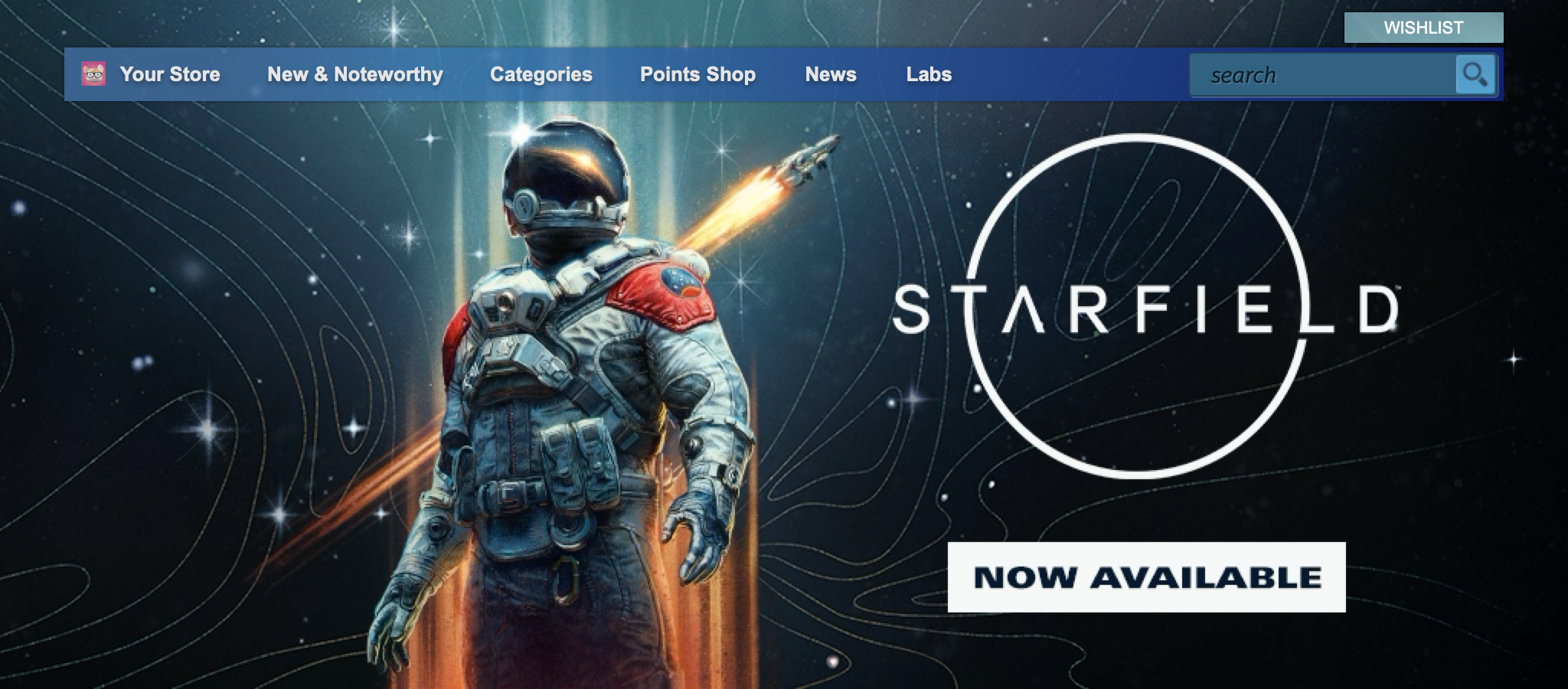Steam Visibility Explained by Valve
Valve have published the slides for Erik Peterson’s recent talk on Steam visibility. It’s a good overview of the discovery mechanisms happening behind the scenes. Here’s my key takeaways.

Update October 5th, 2023
Valve have uploaded the talk to YouTube — Steam Visibility: How Games Get Surfaced to Players.
Visibility
No widget on Steam is pay-to-win. They’re all driven by player interest — that is, revenue.
When players spend time and money on your game, it’s a strong signal to Steam it could be interesting to other players, too.
Some widgets are algorithmic (Featured & Recommended, Discovery Queue, New & Trending, Top Sellers, Popular Upcoming, Specials), while others are curated (Home Page Takeover, Daily Deals, Midweek and Weekend Deals).
Content hubs are a big source of traffic. F2P is extremely popular.
Algorithmic
Things that don’t affect algorithmic visibility:
- Store page traffic
- Review score (usually)
- Wishlists (usually)
- Early Access (usually)
Things that do affect algorithmic visibility:
- Localization
- Tags
Curated
Inclusion in curated widgets is based on revenue, and other customer signals. If you think you’re doing good, it’s worth reaching out to Valve.
Maximize your chances of appealing to a broad audience:
- Localization
- Regional pricing
- Marketing assets
- Controller support
- Community
Launch
Generate interest in your game as you get closer to release. Launch with momentum.
- Discord, forums, social media
- Press and influencers
- Paid marketing
- Local tradeshows, meetups, and groups
There’s no shadowban. (Although that doesn’t mean that you can turn around a bad launch.)
Steam never makes a permanent decision about your game.
Make sure to also read Chris Zukowski’s notes, and Simon Carless’s summary.